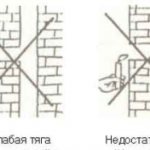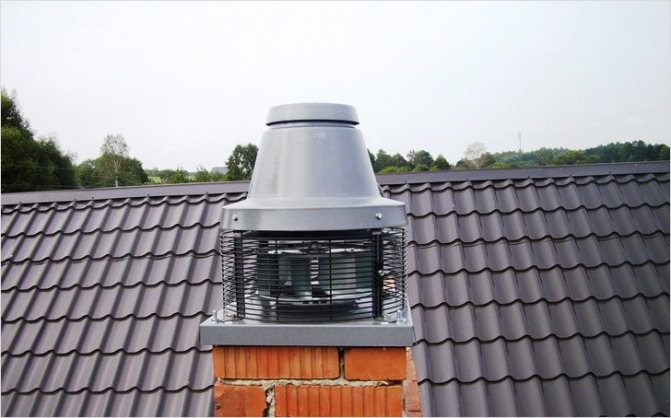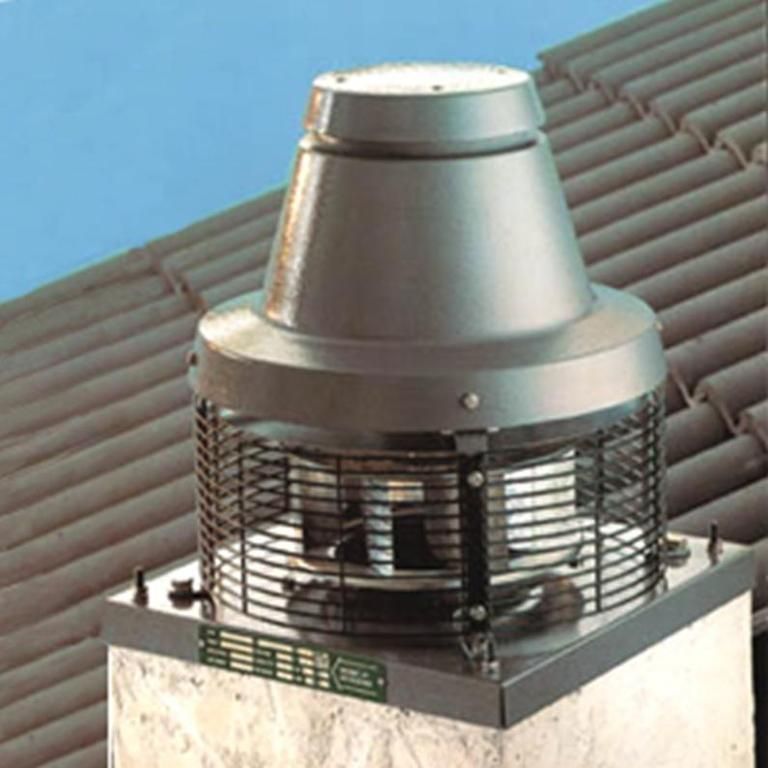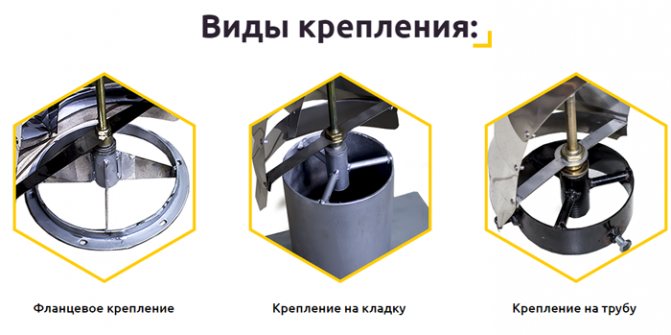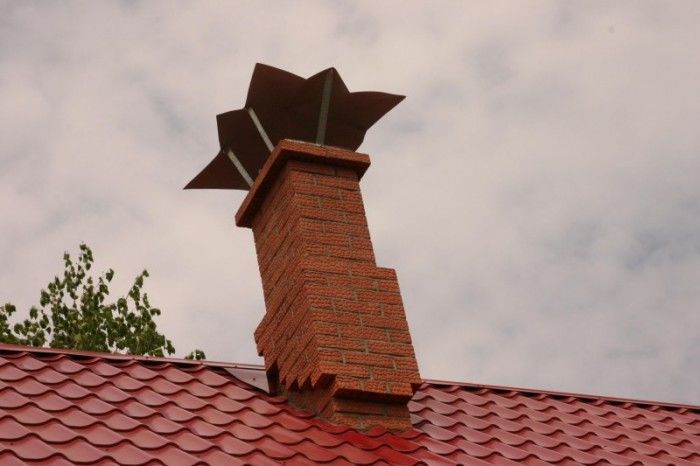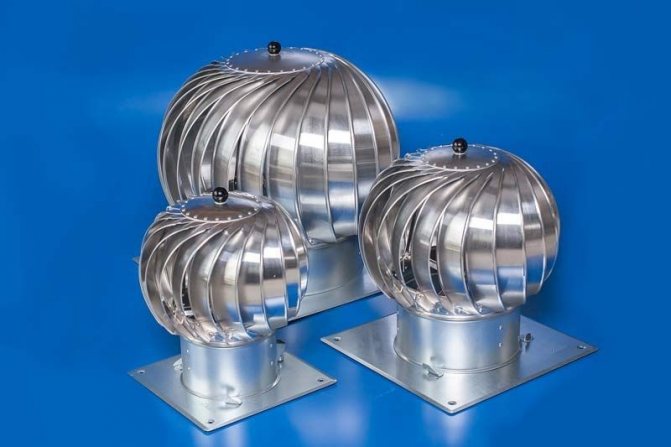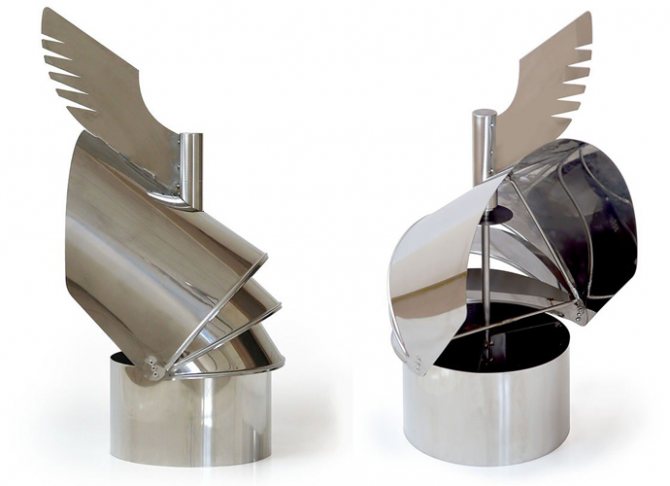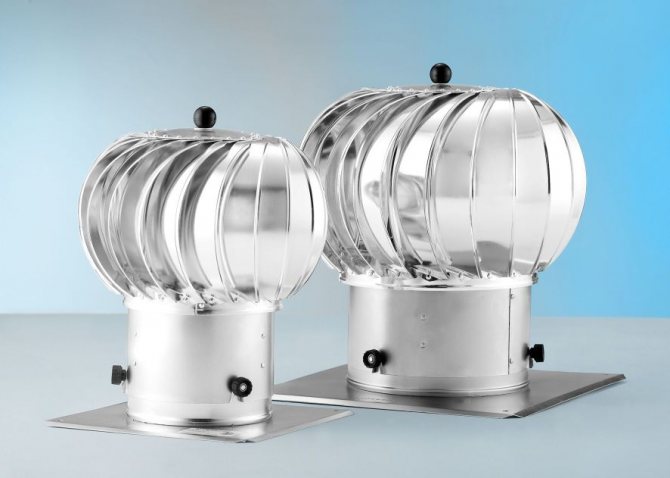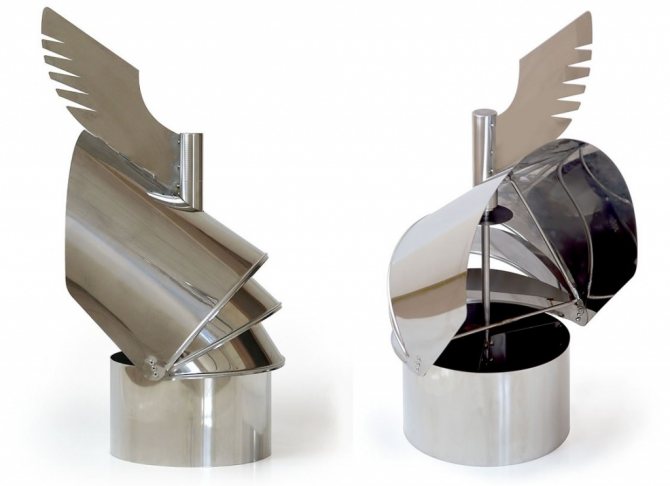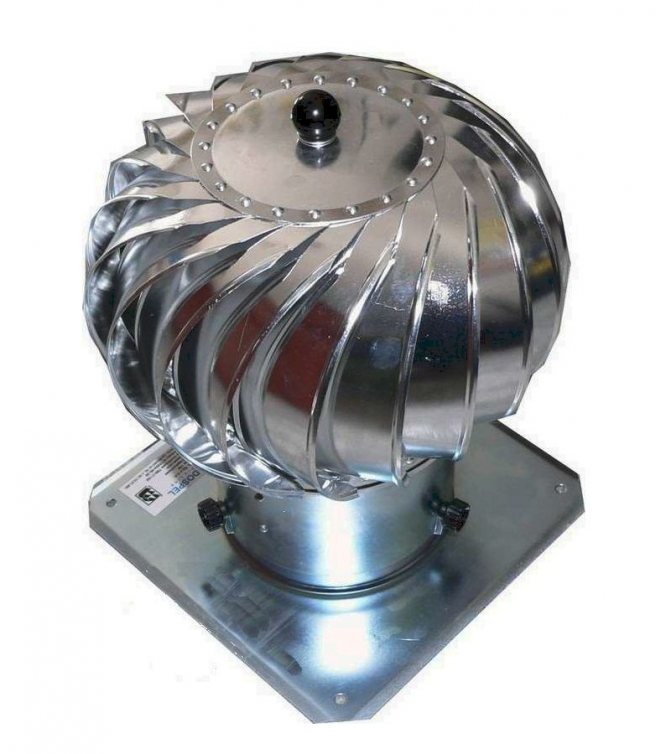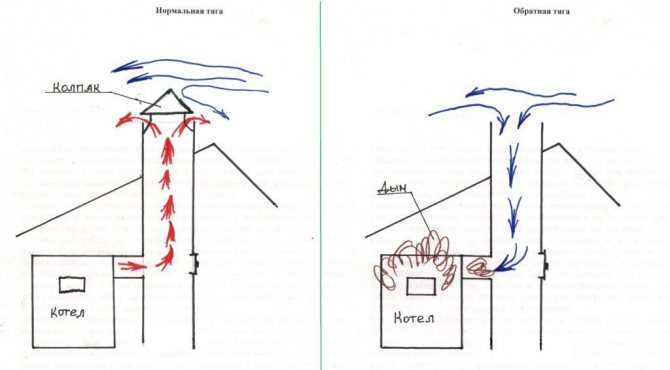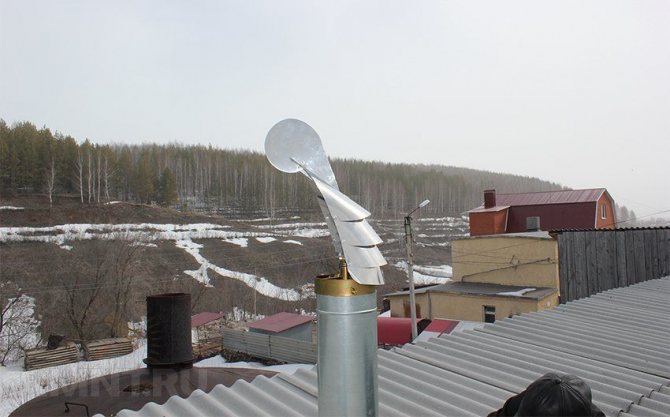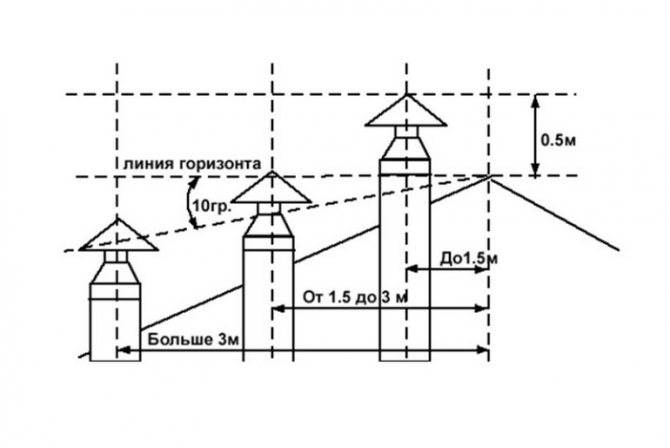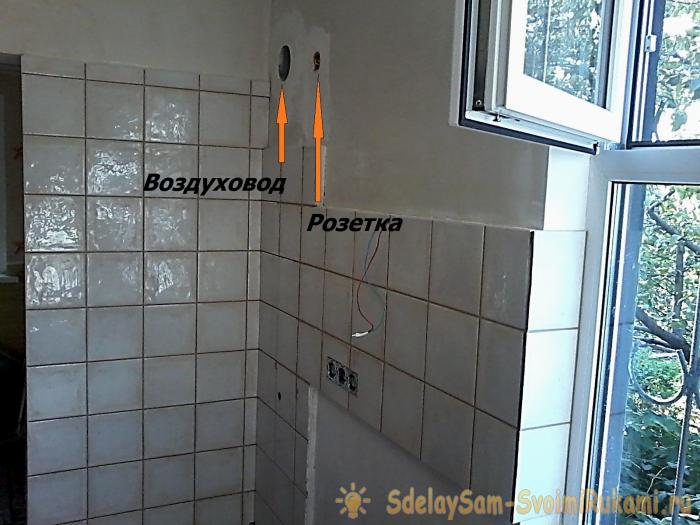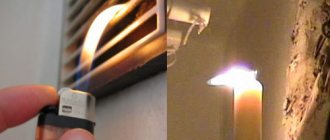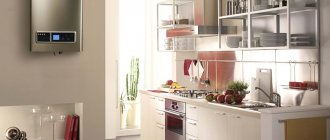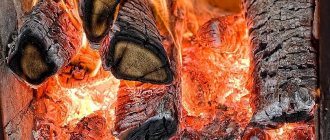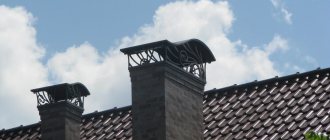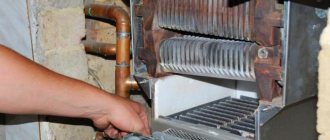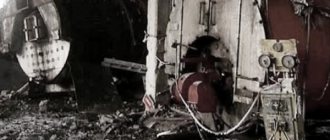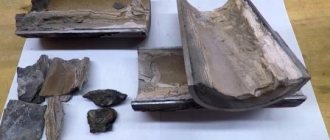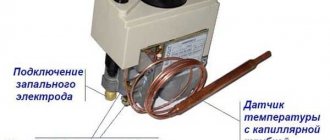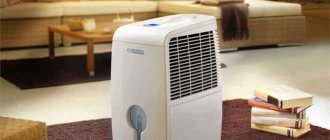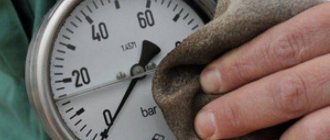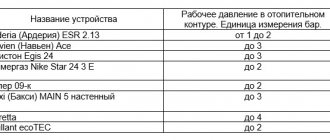The most important parameter of the chimney system is draft. Everyone knows that it is very important for the operation of a furnace or boiler, but few people know - what is draft? This parameter determines the speed and volume of flue gas movement through the chimney. It is necessary for the removal of gases and the flow of oxygen to maintain the combustion process. The very phenomenon of draft arises from the different densities of cold and hot air. The hot one is less dense and, accordingly, is replaced by the cold one. This is how the hot streams move from bottom to top.
The thrust efficiency can depend on several parameters:
- Internal section of the chimney. The smaller its diameter, the faster the rate of release of hot gases. But when they reach a certain minimum size, they will begin to fall into the interior of the room. If the pipe is too large, then the flow of cold air can form the so-called reverse draft.
- The amount of soot deposited on the walls of the chimney. It can significantly reduce the effective pipe diameter, resulting in a loss of thrust speed.
- The number of turns in the chimney. Each turn or bend is an additional obstacle to the passage of smoke.
- Tightness of the system. If there are slots in the structure, then cold air can enter the system through them, forming a cold curtain and preventing the passage of smoke.
- Weather. Low atmospheric pressure and high humidity reduce the rate at which hot air is replaced by cold air in the heater.
Failure to comply with the above conditions is often the cause of poor traction. But how can this indicator be determined without special instruments and devices?
Determining thrust yourself
If the efficiency of the furnace (boiler) has noticeably deteriorated, then there are several ways to check the draft. You can use a special device - an anemometer, but in most cases, purchasing it for home use is economically ineffective. It is best to resort to proven folk methods:
- Candle. If you light a candle, bring it to the chimney and immediately extinguish it, then in the direction of the smoke movement you can see if there is a draft.
- Smoke level in the room.
- A thin piece of paper. The degree of its deviation may indicate the presence of thrust.
Once the problem has been identified, you can begin to resolve it.
Ways to improve traction
There are several ways to improve your cravings, and each one is effective in its own way. But before proceeding with the implementation of one of them, a number of preventive procedures should be done with the very design of the chimney:
- Soot removal (read about it here). To do this, use a special set consisting of a ruff, a sinker and a steel rope.
To do this, you need to go up to the roof and lower the ruff into the outlet of the chimney along the entire length of the pipe. Then, with progressive movements, begin to clean the walls of the chimney. At the same time, layers of soot will begin to fall into the furnace, which are then removed.
- Complete sealing of the chimney... Using one of the above methods, it is necessary to check the structure for the absence of cracks or holes. This problem is typical for brick chimneys, when in the process of operation there is a partial destruction of the masonry.
If after these measures the thrust has not improved, then you need to resort to more radical methods.
Draft regulator
This device is installed on the outlet of the chimney.
After preliminary adjustment, it compensates for the pressure in the pipe with external pressure.In this case, not only the normalization of the operation of the heater occurs, but the thrust speed is the same, regardless of external weather conditions.
Deflector
This additional structural element is also installed on the outside of the chimney.
Its outer diameter is much larger than the cross section of the chimney itself. This is necessary for the appearance of the effect of pressure drop when the air flow around the obstacle. Those. When the air flow around the deflector design creates a low pressure area inside it, which contributes to the creation of conditions for a better thrust speed.
Chimney weather vane
An original design that can not only improve draft, but also protect the chimney from atmospheric precipitation.
Its operation is based on the principle of a deflector and flue gas outlet only from the leeward side. This makes it possible to reduce the external air resistance and thus to normalize the thrust speed.
Smoke fan
One of the most effective methods is to install a special fan on the chimney.
Hood deflectors
This is a fairly common option for forced ventilation. A deflector is an aerodynamic device that is installed above the chimney. It increases the draft in the chimney by changing the air flow. The essence of its work lies in the pressure drop when air flows around the obstacle, as well as on the principle of changing air flows. It turns out that its shape allows you to increase the draft in the chimney. Made of stainless steel, they are resistant to corrosion, acids and high temperatures.
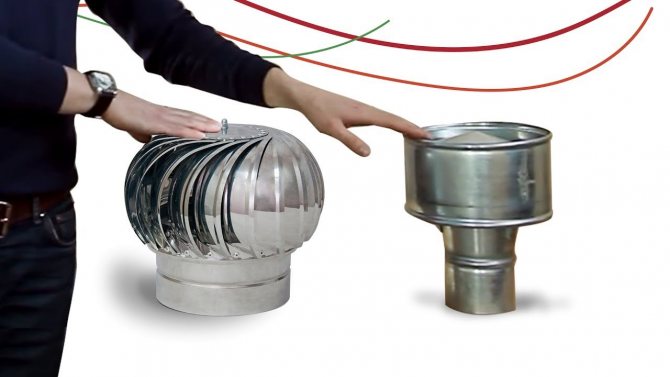
It cannot be called a full-fledged fan, since the deflector has a simple shape, without working mechanisms. But, there are varieties of smoke deflectors designed specifically for chimneys.
- Volpert deflector.
- Deflector Grigorovich.
- Round or spherical deflector.
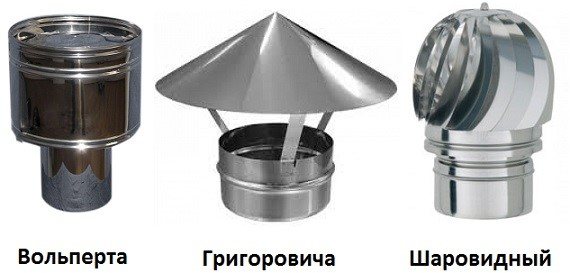

It is the round deflector that can create rotational movements under the influence of the wind and remove smoke from the room. But, again, the disadvantage of the product is that it is ineffective in the absence of wind. The principle of operation of this draft amplifier of ventilation pipes and chimneys is demonstrated in the video *
In addition, weather vans, umbrellas and similar structures are often installed on chimneys. But they cannot do all that a high temperature chimney fan can do. Let's take a look at how they work and what makes them special.
Ways to normalize traction
The most important condition for a good exhaust system is a properly designed and installed chimney. It is very difficult to eliminate installation or design errors. Regular maintenance of the chimney is no less important - timely cleaning of soot can significantly increase the flow of gases.
It should be borne in mind that even under ideal conditions at the time of ignition, a short-term overturning of the draft is possible - until the inner surface of the pipe has warmed up, smoke may enter the room. If a normal direct outflow of smoke appears within 3-5 minutes, then you can not attach much importance to this.
Chimney maintenance work can be done independently. In the video, we will show you some of the features of assembling and cleaning chimneys with your own hands:
Chimney structural changes
Retrofitting existing chimneys is difficult. Almost the only options available are to insert a steel liner into an existing brick pipe and install all kinds of nozzles that can increase the flow of gases on the chimney head.
Stabilizing devices
During the existence of heating, many devices have been invented that improve the flow of gases in the chimney (see photo):
- deflectors are a traditional amplifier for exhausting gases and air.This not too tricky design helps to make the thrust stronger in the wind, but is useless in calm;
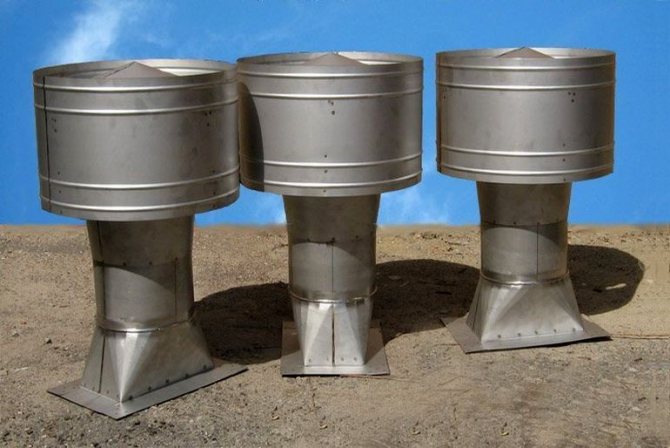

- rotary turbines - consists of a nozzle and a body mounted on the chimney head. Under the influence of the wind, the nozzle rotates and creates an increase in the flow of discharged gases due to the created pressure;
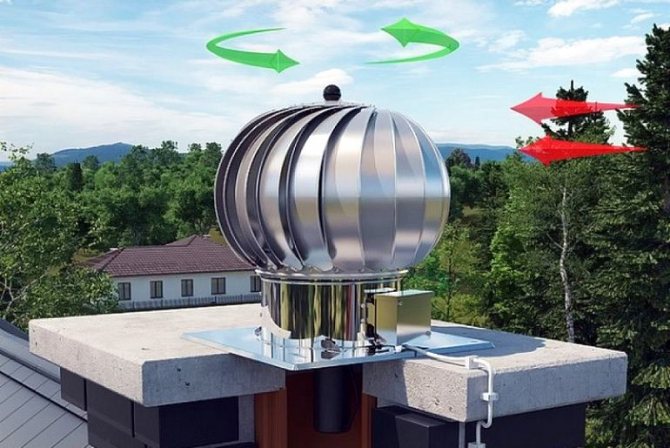

- electric smoke exhauster, or smoke fan. With forced draft, you do not have to worry about overturning - this is an almost ideal smoke outflow regulator, however, maintenance of the device on the roof is quite difficult, and the installation of such a structure should be calculated even at the stage of drawings;
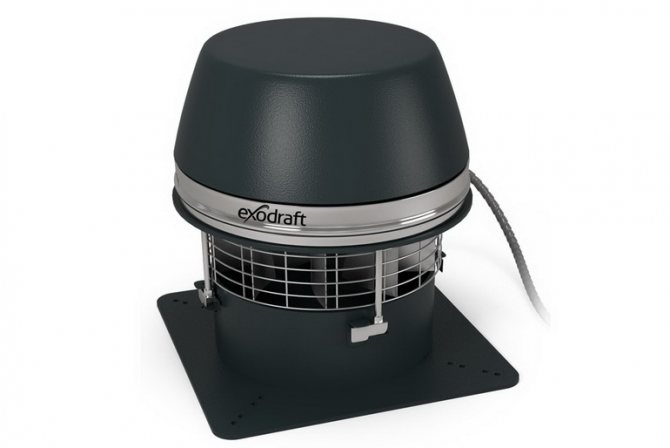

- all kinds of caps are also able to slightly improve the outflow;
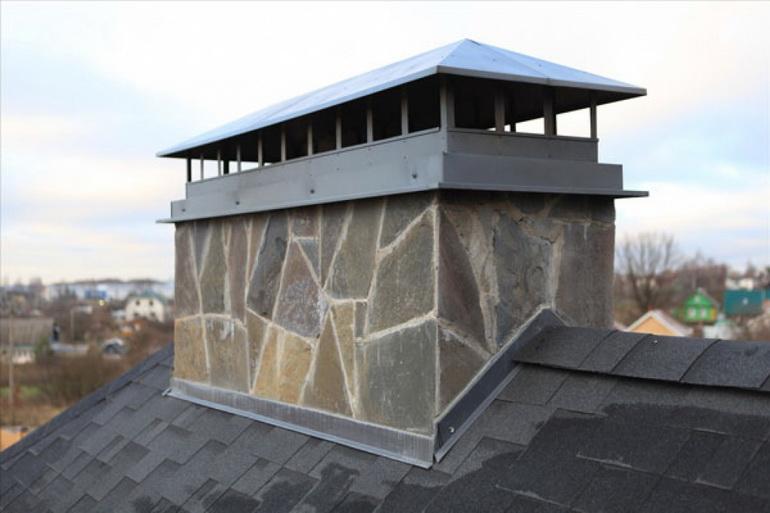

- chimney vane, often installed on wood stoves.
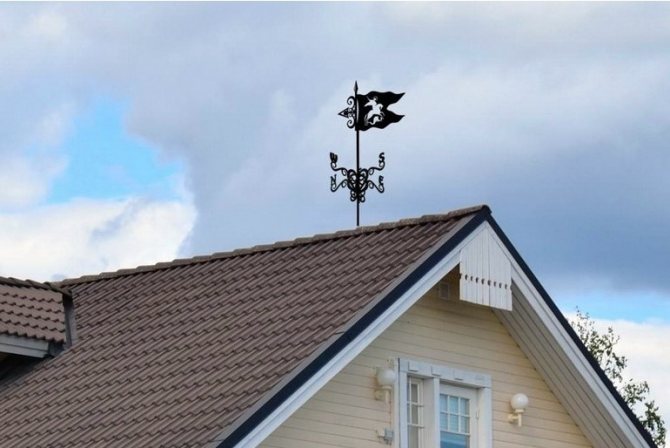

Revision of the ventilation system
Please note that the simultaneous operation of heating units and exhaust ventilation in the same room is unacceptable. With insufficient air supply, this will lead to overturning of the draft with all the consequences. Exception: modern gas-fired boilers with a coaxial chimney.
For the operation of a boiler, stove or fireplace, air supply from the street is required - either by a specially laid pipe (with a cross section equal to the diameter of the outlet pipe of the heater), or through an open window or a special window. The room must have a general ventilation pipe (without a fan).
Modern liquid and solid fuel boilers should be installed in a separate boiler room.
Garage ovens can be installed in a garage with an existing ventilation hole for air intake. It is allowed to install a gas water heater in a room of sufficient area without direct air supply.
Smoke fan
The chimney exhaust fan is a heat-resistant electrical device. It is mounted directly on the chimney to increase the draft in the chimney. It is important not to confuse a chimney fan with a fireplace fan, which is used to supply air to maintain combustion. Here the principle of operation is different. Simply put, a chimney fan is an electric motor with blades that allow the smoke to be forced out of the chimney and directed outside. For full operation of the fan, you will need to be powered from a 220V network.
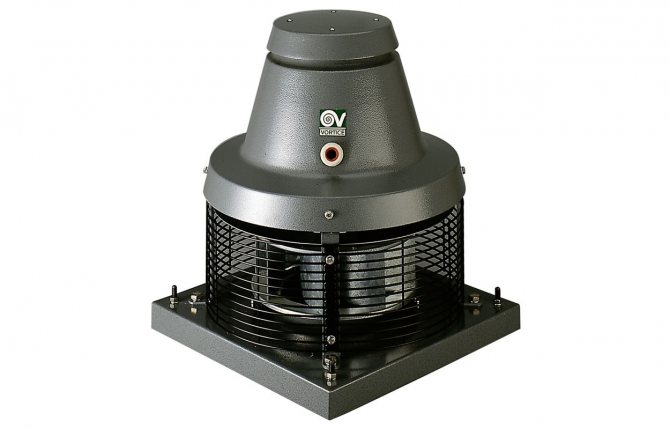

In fact, a fan in a chimney to improve draft is somewhat reminiscent of a deflector, only for its operation no wind force is required at all. He works constantly, doing an excellent job of his task. In addition, you can find economical models on sale. They work in two modes: when there is a strong wind outside, the rotation occurs naturally, without the use of electricity. And in calm weather, an electric motor starts up. This is the ideal solution for your chimney.
Temporary reverse thrust
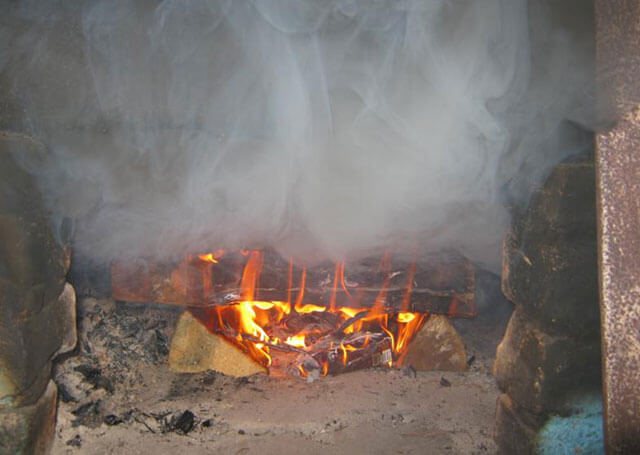

If the stove is rarely used, smoke will flow inside until the system warms up
Occasionally, homeowners can experience temporary backdraft. This happens most often if the heating structure is rarely used. For example, the stove is fired with wood only in winter. Cold air accumulates in the chimney, which does not allow combustion products to freely go outside. As a result, the smoke gets back into the rooms.
To get rid of the cold air in the chimney, it is recommended to pre-ignite plain paper. A couple of burnt sheets will help slightly warm up the air masses that will rise up the pipe. After that, you can start full-fledged kindling.
If the reverse thrust occurs regularly, the phenomenon cannot be ignored. It is necessary to find the cause and eliminate it as quickly as possible. Correct draft is a guarantee of efficient operation of heating structures and the safety of the residents of the house.
Features of chimney designs
Since the smoke has a high temperature and constantly affects the structure, the chimney fan is made heat-resistant. The material is able to withstand temperatures up to 250 degrees. This is enough to serve faithfully for many years. Typically, products are made of specially coated die-cast aluminum. The engine has life-long bearing lubrication and is also heat-resistant.
As for the types of fans, it all comes down to differences in their shape and power. After all, chimneys are different, so you need to choose a device that would fit inside and have the shape of a chimney. These are the features of the choice of products for the chimney. Usually the design is made in a square or round shape.
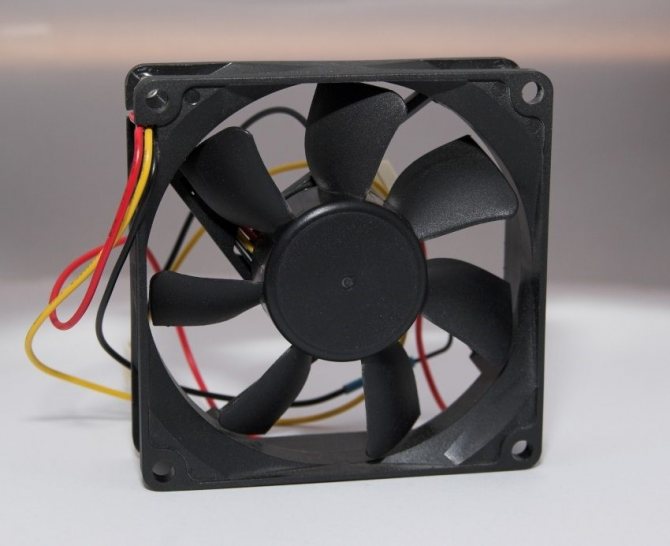

Popular fan reviews
MMOTORS JSC BO VO 90/25 T (+ 150 ° C)
An excellent circular fan used for intermittent or long term operation. Its productivity is 60 m 3 / h, with a power of 16 W. The product has an IP44 protection class. The landing diameter is 9.9 cm, and the depth is 2.5 cm. The fan produces 2.5 thousand revolutions. The product can be installed in channels with a short length. Thanks to the low-noise electric motor, which has double-encapsulated ball bearings, the device can work as much as 30 thousand hours. In this case, the fan can be mounted both vertically and horizontally. The body is made of an aluminum alloy that cools quickly and can withstand temperatures up to 150 degrees. The warranty is 3 years. The cost is about $ 38.


MMOTORS JSC BA VA 9/2 T (+150)
Unlike the previous version, the fan has a square shape, as for the parameters, they practically do not differ in anything. Power - the same 16 W, performance, protection class, speed and other indicators are the same. But the landing diameter is 9.3x9.3, with a depth of 2.5 cm. Warranty - 3 years, cost - $ 38.5.


MMotors BOK 150/120 (+ 150 ° C)
The fan is also used for a round chimney. It is much more powerful than the previous options. With a power of 18 W, the device has a capacity of 240 m 3 / h. Fitting diameter - 12 cm. Protection class IP44.


The model has a different cross-section along the fan axis, which allows it to be adapted to conventional air ducts. The material is heat-resistant, and the engine will last 30 thousand hours of operation. Manufacturer's warranty - 3 years. The cost is $ 90. Having bought such an exhaust fan for the chimney pipe, you can forget about the weak draft.
Poor hood - reasons
Before talking about the use of forced draft devices for the chimney, let us dwell on the essence of the process, as well as the reasons for the drop in draft in the chimney.
The set of factors affecting the efficiency of chimney extraction can be conditionally divided into three groups:
- Internal conditions in the house;
- Conditions for moving air flows inside the room.
- Air temperature in the heated area of a residential building.
- The total volume of air inside the premises, which are linked to the furnace compartment of the furnace through a blower.
- The number of other oxygen consumers living in the house - people or animals.
Prevention of the condition of the chimney
So that there is no need to use means of forced exhaust of the chimney from a heat-resistant material, it is necessary to use preventive measures to maintain it in working order.
Since the main reason for reducing the intensity of flue gas extraction is a decrease in the passage of the pipe with soot accumulated on the walls, we will consider means of combating this phenomenon.
These ways can be:
- Burning naphthalene in the furnace of about half a tablespoon. Vapors of naphthalene decompose soot into loose components, large ones fall out into the furnace and are further removed with ash, and small ones fly out through the pipe together with furnace gases. This agent must not be used for chimney removal from the fireplace and for pipes of open hearths - after it a characteristic suffocating smell remains in the rooms.
- Burn from time to time in the potato peeling furnace. They are pre-dried. Starch vapors loosen the soot deposit and it will fall into the firebox. Pure starch acts similarly, which is fed into a well-burnt firebox in the amount of one tablespoon.
- A good pipe cleaner for soot is a nutshell.It burns at high temperatures, burning off soot deposits on the inner walls. A single dose of shells should be no more than three liters. The frequency of use is as it accumulates.
- Aspen firewood has a similar effect on soot. One or two logs are burned at the end of the last firewood. They burn at high temperatures.
The frequency of application of high-temperature agents should be regular, at least twice a week, so that soot does not have time to accumulate. Otherwise, you can cause a serious fire, since the soot burns with the release of a very large amount of heat.
In addition to those listed on the market, there are many anti-soot agents, both chemical and thermal decomposition of soot. The use of preventive measures can eliminate the need to apply coercive measures to improve the exhaust air on the chimney.
Troubleshooting simple problems
After identifying the malfunctions, it is imperative to deal with their elimination. The simple reasons for reverse thrust are the easiest to deal with. When a cold air cushion forms, this layer of air must be warmed up. This is easy to do - one or two newspapers should be burned. After that, the stove can be filled with wood and heated normally.
Good to know: firewood alder properties.
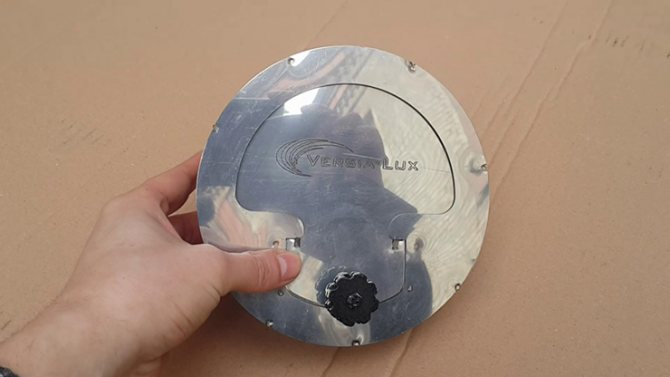

The traction stabilizer can help you with reverse draft
In this case, it can also help a device called a traction stabilizer... It promotes the secondary air supply and accelerates its movement in the pipe. The device is installed inside the channel through which the smoke comes out. The stabilizer is equipped with a sensor that monitors the rising air temperature and atmospheric pressure parameters. When the draft deteriorates and smoke accumulates in the duct, the walls heat up, the sensor is triggered, the stabilizer turns on.
Clogging of the chimney can occur from the ingress of various debris into it, pieces of plaster that have fallen off, a thick layer of soot and others. Pipes and chimneys should be checked regularly for clogging, preferably before the onset of cold weather. To assess the degree of obstruction, you need to go up to the roof of the house and inspect the chimney visually. You can check this through a special hatch using a mirror.
Chimney clogs can be removed with long-handled brushes or chemical cleaners. To prevent contamination of pipes with soot, you can burn half a bucket of peeled and chopped potatoes in the oven... The starch resulting from its combustion will soften the soot, and it itself will crumble from the walls of the chimney. Periodic burning of rock salt also prevents blockages.
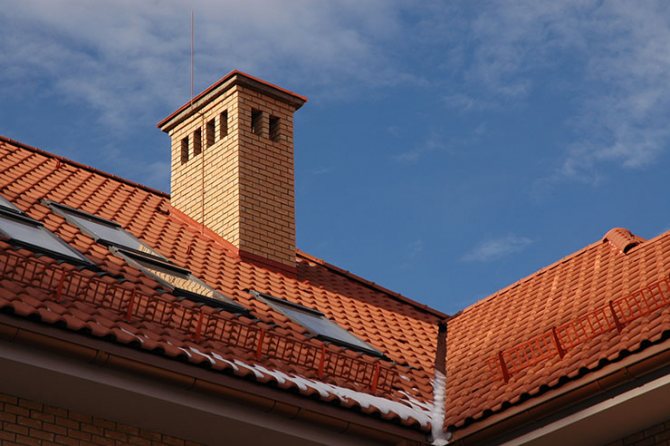

There must be a constant exchange of air in the room
Thin indoor air is another cause of reverse draft. When heated air from the flame rushes up the pipe, air in the same volume should flow into the room. For this, ventilation must be arranged in the rooms, or the air flow must be ensured through slightly open vents (windows).
The room requires an air circulation. If ventilation (natural or forced) is absent, then at a certain moment the draft will "overturn", since the warm air leaving outside is not replaced by the newly supplied outside. The best thing is natural ventilation.
For the required air circulation in the rooms, you can integrate air inlet valves into walls or PVC frames... Air from the street will flow through them. A forced ventilation device will provide the same effect. Experts can cut it directly into the window glass.
The thinness of the air is facilitated by the operation of heating devices (stove, air heater, iron), which burn a significant amount of oxygen. In this case, in order to avoid problems with smoke extraction, it is necessary to regularly ventilate the room.
Elimination of thrust reversal due to weather conditions (high humidity, strong wind, high air temperature outside) is impossible. These reasons will disappear by themselves when the weather changes.

